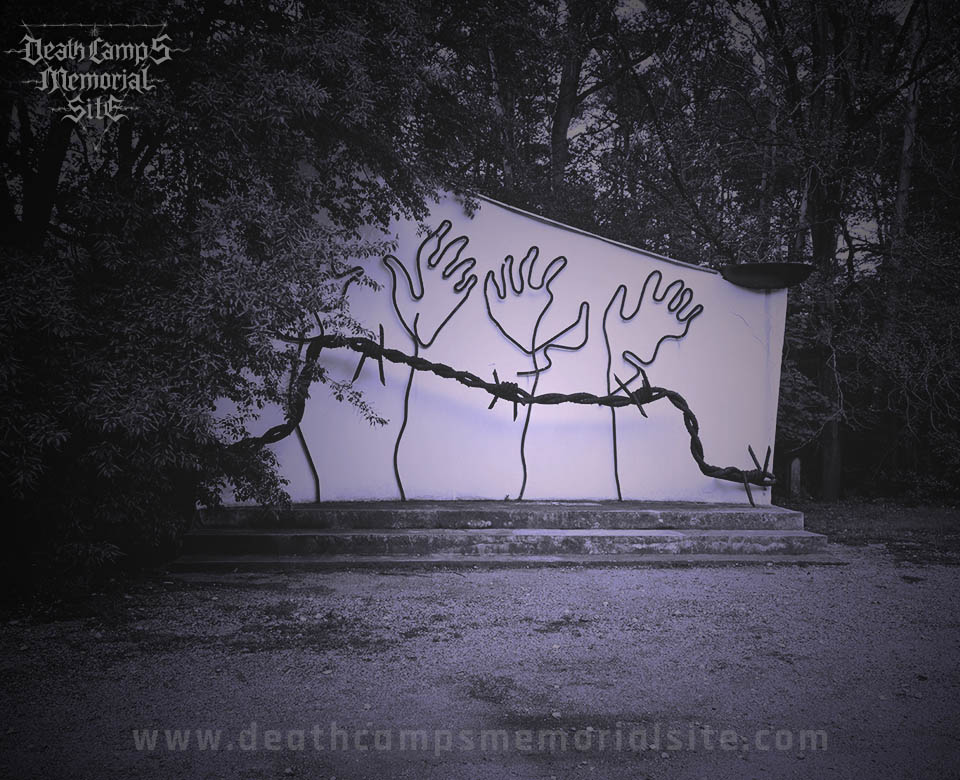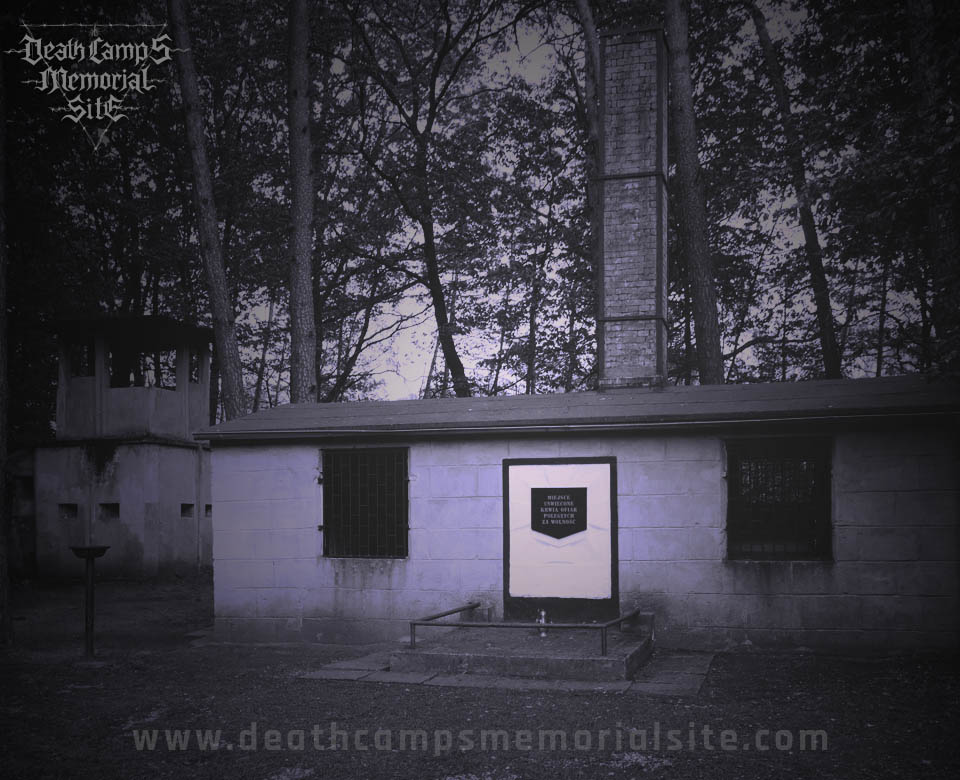"Arbeitslager Blechhammer" - Auschwitz III Monowitz
"Arbeitslager Blechhammer" was one of the oldest forced labor camps for Jews. It was situated in Sławęcice in Upper Silesia. In the period from April 1, 1944 to January 26, 1945, it was part of the Auschwitz sub-camps.
The construction of the camp began in 1942. In the initial period of its existence, forced laborers from the General Government were brought there, later joined by prisoners from the Protectorate of Bohemia and Moravia, France and Italy. Prisoner-of-war camps were also established, in which there were nearly 2,500 British and French prisoners of war working in prisoner-building battalions. In the autumn of 1942, a typhus epidemic broke out in the camp. 120 prisoners were sent to the Auschwitz camp, where most of them were killed. In the next period of the camp's operation, the prisoners were mainly Jews, hence it was also called "Judenlager".
The camp was fenced with a concrete wall and barbed wire fences. There were about 25 wooden residential and hospital barracks within it. There were 9 concrete turrets in the camp, which also served as air shelters.
On April 1, 1944, under the Judenlager agreement, it was subordinated to the Auschwitz III Monowitz concentration camp and became one of the Auschwitz sub-camps. From that day on, it was also officially called "Arbeitslager Blechhammer". The prisoners worked, among others, at the construction site of the I.G. Farbenindustrie synthetic gasoline factory, and the whole camp was divided into several sub-camps. The number of prisoners was about 4,000, including roughly 200 women.
On January 19-21, 1945, the Arbeitslager Blechhammer camp became a place of concentration for columns of prisoners evacuated from the Auschwitz camp and sub-camps from Gliwice and Jaworzno. On January 21, 1945, around 11am, the SS crew ordered the last appeal of Arbeitslager Blechhammer prisoners, after which the evacuation of the camp towards Kędzierzyn began. During the march, about 1,000 prisoners were shot, starved or froze to death .
The camp was liberated by the Soviet army on January 26, 1945. About 200 prisoners were found alive.
After the end of World War II, the Judenlager camp in Sławięcice became a place where prisoners of war, this time German, were imprisoned, as well as the indigenous people of Upper Silesia.
Guard towers, fence fragments, concrete remains of shelters and warehouses, as well as part of the railway ramp have survived to this day.
After the war, the crematorium, which still stands today, was restored and a memorial to the victims was built. In the woods you can find the remains of "Arbeitslager Blechhammer", scattered over many hectares, decaying and forgotten.
The camp commandants were:
- Heidrich Schwarz - after the war, tried and convicted of war crimes by the French occupation authorities in Rastatt, in connection with atrocities committed during his short term as commandant of the Natzweiler-Struthof camp. He was shot by a firing squad near Baden-Baden on March 20, 1947.
- Erich Hoffmann, who on May 25, 1948 was sentenced to death by the District Court in Gliwice in one of the Auschwitz-Birkenau trials. The sentence was carried out on November 13, 1948.















